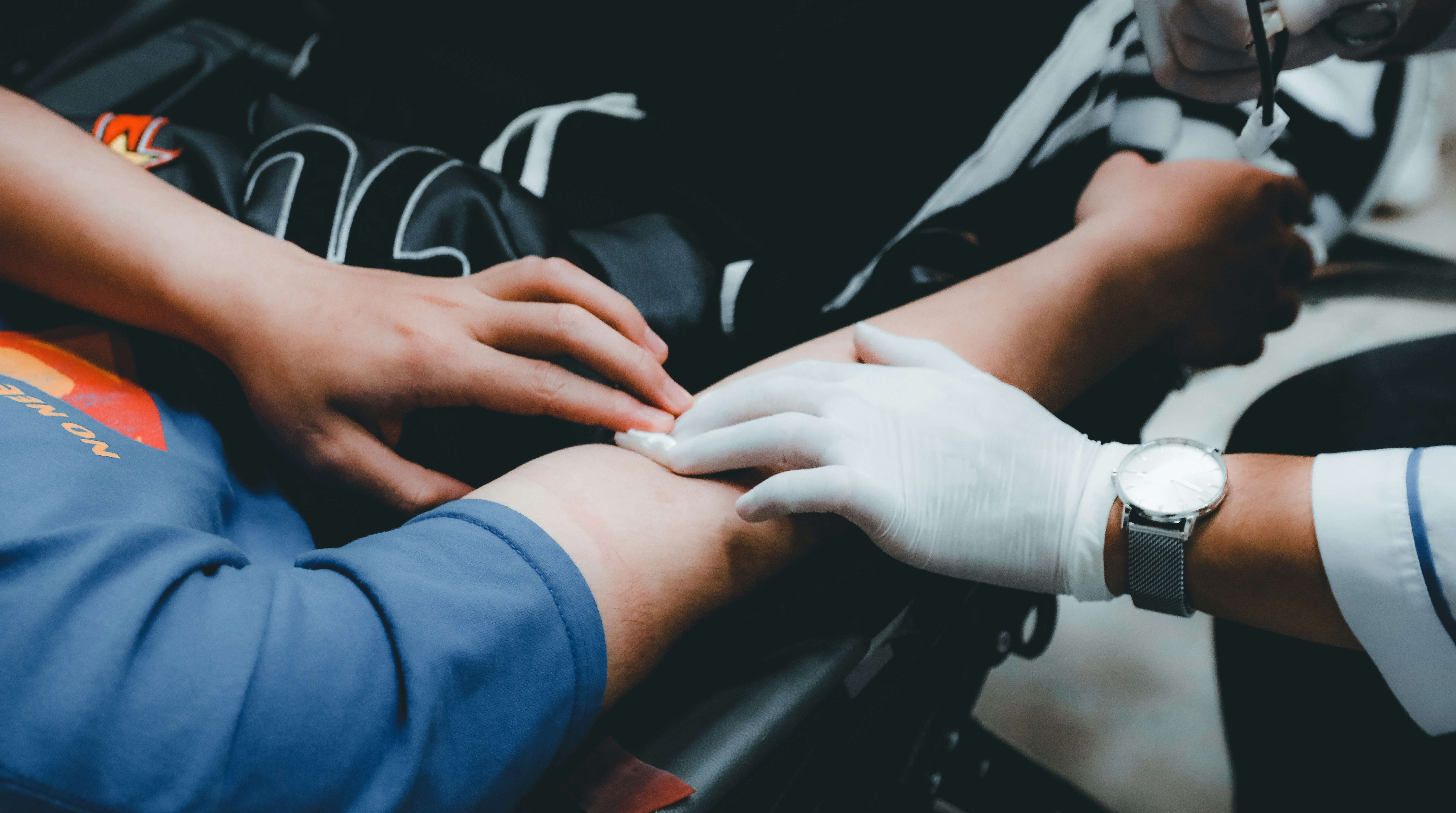Letter from Sameer Dhar, CEO and Co-Founder of NiaHealth
At NiaHealth, we've observed a trend: Canadians are increasingly interested in managing their health by tracking symptoms, ordering labs, and using devices. Through this lens, we also see how our healthcare system hasn't fully adapted to this type of patient. Our data analysis from over 2,200 members revealed that 88% had at least one actionable health risk that had not been identified or followed up
This report documents that disconnect. It shows how well-meaning patients are interpreting and navigating complex data alone, filling the gap with TikTok routines, supplements, and guesswork. This represents a source of confusion, because there isn't an accessible, clear way to integrate patient-generated data with health system data in a way that supports individuals to be proactive.
We believe that the future of healthcare is proactive, personalized, and driven by data to promote positive health outcomes. Everyone deserves a health plan that fits their needs. Let's build it together.
—Sameer Dhar
CEO & Co-Founder, NiaHealth
Why Health Tracking Isn't Making Canadians Healthier
Canadians are tracking their health more than ever, through wearables, at-home lab kits, and tracker apps. But when we analyzed the onboarding and diagnostic data from over 2,200 NiaHealth members, a sharp truth emerged:
88% had at least one actionable health issue that had gone undetected.
These are visible risks, often found in routine labs, wearables, or daily symptoms.
This report is all about those missed signals. It is about what happens when proactive patients encounter a system that isn't ready for them yet. We've compiled our clinical data, secondary peer-reviewed research, behavioural trends, and our years of experience working within the system, to identify clear patterns—and opportunities.
What we found is the real blind spot. Read on.
The Problem Isn't That We Don't Have Data. We do.
- 39% of Canadians use a health-tracking device, yet just 19% ever share that data with a clinician (Canada Health Infoway & Leger, 2025; Leger Marketing Inc., 2025).
- 15.6% of doctors regularly review wearable or app-based data (Paré et al., 2022).
- There is no specific billing code for interpreting continuous glucose monitor reports, sleep scores, or tracker data for those not experiencing acute symptoms.
The result? Health risk signals are often ignored or dismissed until they become diagnoses, which may be too late.
3 in 4 Canadians Carry a Hidden, Treatable Health Risk
Even those who feel fine, and even those who test often.
From a recent cohort of 2,253 members, test data revealed:
- 41.4% showed early-stage kidney strain
- 23% flagged prediabetic HbA1c levels
- 48% had suboptimal Vitamin D
At the same time, over half of Canadians rate their health as "very good" or "excellent" (Statistics Canada, 2025), even as life expectancy stagnates, and chronic conditions rise.
Without Clinical Guidance, the Internet Fills the Gap
Over 6.5 million Canadians lack consistent access to primary care (Nakhla & Taylor, 2024). In that vacuum, people reach for what's available to them to take control of their health: symptom checkers, TikTok routines, and Reddit stacks. It's not misinformation by default; even the right inputs get misapplied without clinical guidance.
62% of Canadians report encountering health misinformation. 43% say it's caused them stress or delayed care (Canadian Medical Association & Abacus Data, 2025).
We've seen people take bold steps, such as members who come to us after losing 20-60 pounds by following unproven online weight loss advice, only to uncover symptoms such as high A1C, nutrient malabsorption, and chronic fatigue.
It's willpower without a plan.
When clinical care steps in, confusion gives way to clarity, patterns emerge, and risks are decoded into action. This is what happens when health data is met with human context.
What Happens to Patient Outcomes When The Signal Becomes a Plan?
We tested a simple hypothesis: What if patient-generated data didn't end at a PDF or a concerning alert on a wearable, but became the start of care? We developed a model based on that question, integrating diagnostics, wearables, and clinician-guided interpretation. In a small cohort of first-year NiaHealth members who re-tested a year later, the early directional signals are promising.
- Over 70% of those who re-tested followed at least half their care plan
- After one year, members in a small re-test sample group saw:
• 45% of members improved their cardiovascular biomarkers
• 37% improved kidney function
• 27% improved their metabolic health markers
These are preliminary signals, but they suggest a powerful complement to public care: one that helps patients act on data before it becomes a diagnosis.
The Future Isn't Fixed
Tracking your health keeps you ahead. But without clinical interpretation, you're left interpreting your bloodwork, alerts, and symptoms on your own. Data alone doesn’t improve outcomes; you need context, ongoing care, and a tailored plan.
Context means understanding what your data is saying. Knowing your heart rate or blood sugar is not enough. You need to know what's normal for you, trending, and what to act on.
Continuity means not starting over at each appointment. It involves working with a team that remembers your history, monitors your progress, and builds on it month after month, rather than from crisis to crisis.
A plan means more than a printout. It's a roadmap built with clinicians, not algorithms. It's grounded in evidence, tailored to your life, and designed to change with you, not shame you.
This report is about what's possible for Canadians' health. Better outcomes are within reach for more Canadians with the proper support, information, and guidance.
The future of health is clinically guided, personally relevant, and ready to act.

%20(1).jpg)





